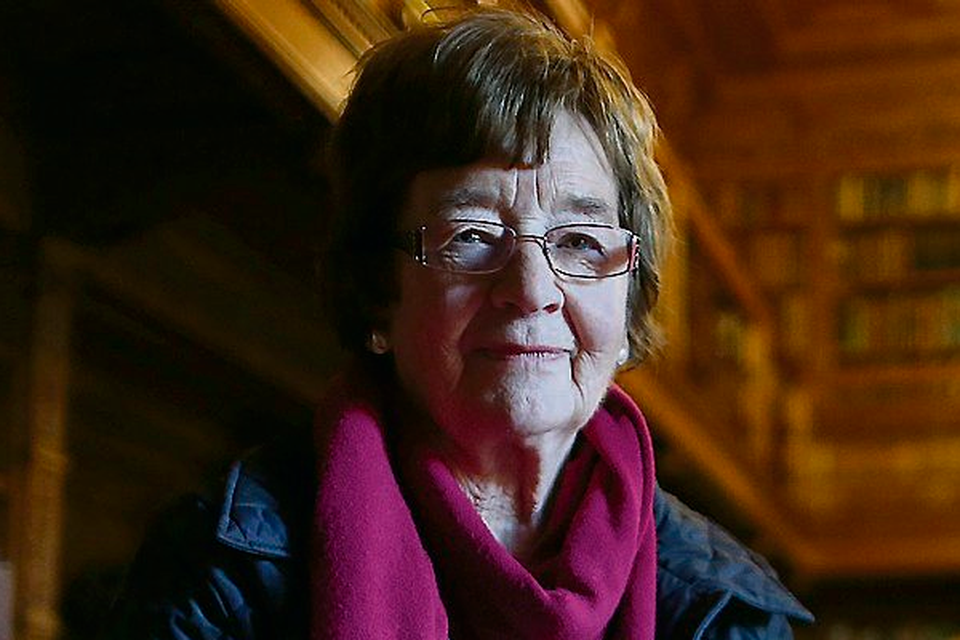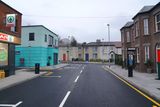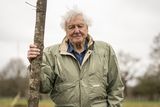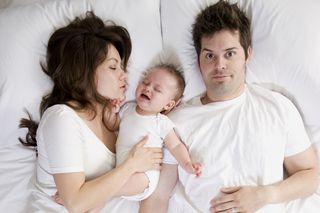Nine things we learned from TV3 documentary: Philip Cairns – Fresh Evidence
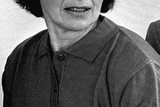
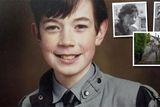
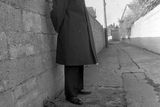

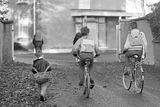

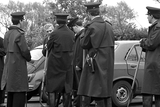
For anyone who was young when he disappeared, the Philip Cairns case was a genuinely seminal moment in recent Irish history. We still remember the breaking news, the search for Philip, the rumours and accusations, how unsettling and even scary it all seemed (and still does).
As retired Garda detective Gerry O’Carroll, who was involved in that search, commented tonight on Philip Cairns – Fresh Evidence (TV3), there was a sense of this awful event marking the end of innocence in the public mind.
The documentary examined all aspects of the case, in light of fresh testimony that appears to implicate the late convicted pederast Eamon Cooke in Philip’s disappearance. Here’s what we learned:
1. Cooke, born in Glasnevin in Dublin, boasted that he had IRA connections. He also had a criminal record, long before coming to notoriety as a sexual predator. In the 1950s he’d been convicted of using an incendiary device, after a republican attack on a monument in Glasnevin Cemetary.
2. By the 1970s, he was immersed in pirate radio, then really taking off in Ireland, particularly the capital city. His Radio Dublin was a market leader, in an era when radio was one of few forms of available entertainment. He made money and achieved a certain level of fame off the back of Radio Dublin. He also, we later heard, used it as “a magnet” to attract his victims, although the station was being run from various ramshackle houses around Dublin.
3. His nicknames in radio were The Captain and – with horrible subsequent irony – The Cookie Monster.
4. Cooke was a weird guy, by any reasonable standards. Contributors here described him as shabby, smelly, dirty and looking “like a vagrant”. He spoke in a creepy, slow drone and looked much older than his years. Amazingly, he was married three times and had 11 children.
5. Despite being small and physically unimposing, Cooke seemed to imagine himself as some class of vigilante: patrolling the streets in his Jaguar, listening on CB to Garda and ambulance call-outs. He even had his own walkie-talkie own call-sign, Alpha 7. He had a fascination with criminal scenes, especially those involving violence.
6. In 1978, rumours and allegations began to bubble to the surface, of pederasty and molestation. The following year, radio DJ James Dillon confronted Cooke about this. The predator, predictably, played the victim himself, even discussing these allegations on air. The culture of the time, contributors agreed, “didn’t help” – silence really was violence back then.
7. On October 23rd 1986, Philip Cairns disappeared. His bag was later found in a nearby laneway, left there, we heard here, to “set off a false trail”. Philip’s disappearance was blamed on a shadowy cult, a tragic fall into a river, abduction by a predator, a paedophile ring. People were accused wrongly. Gerry Carroll remembered even staking out the Hellfire Club, outside Dublin, that Halloween, after wild rumours that Philip was going to be “sacrificed”.
8. In the early 2000s, formal complaints were brought against Cooke. In 2003 he was found guilty of various sexual crimes; that was quashed in ’06; the following year, he was finally sent away for good, at the age of 71, convicted on 42 counts. Most of his victims were teenagers, though at least one was only nine years old. Cooke displayed “sickening behaviour” throughout the trial.
9. And earlier this year, a final twist in this horror story. As Cooke lay dying in a hospice, one of his victims claimed that she’d seen Philip Cairns in the Radio Dublin studio on the day he went missing, and was later ordered by Cooke to dump that bag in the laneway. While the case as presented here seems weak enough – very little evidence, a lot of speculation – Cooke apparently corroborated certain elements of her story before dying.
Join the Irish Independent WhatsApp channel
Stay up to date with all the latest news





